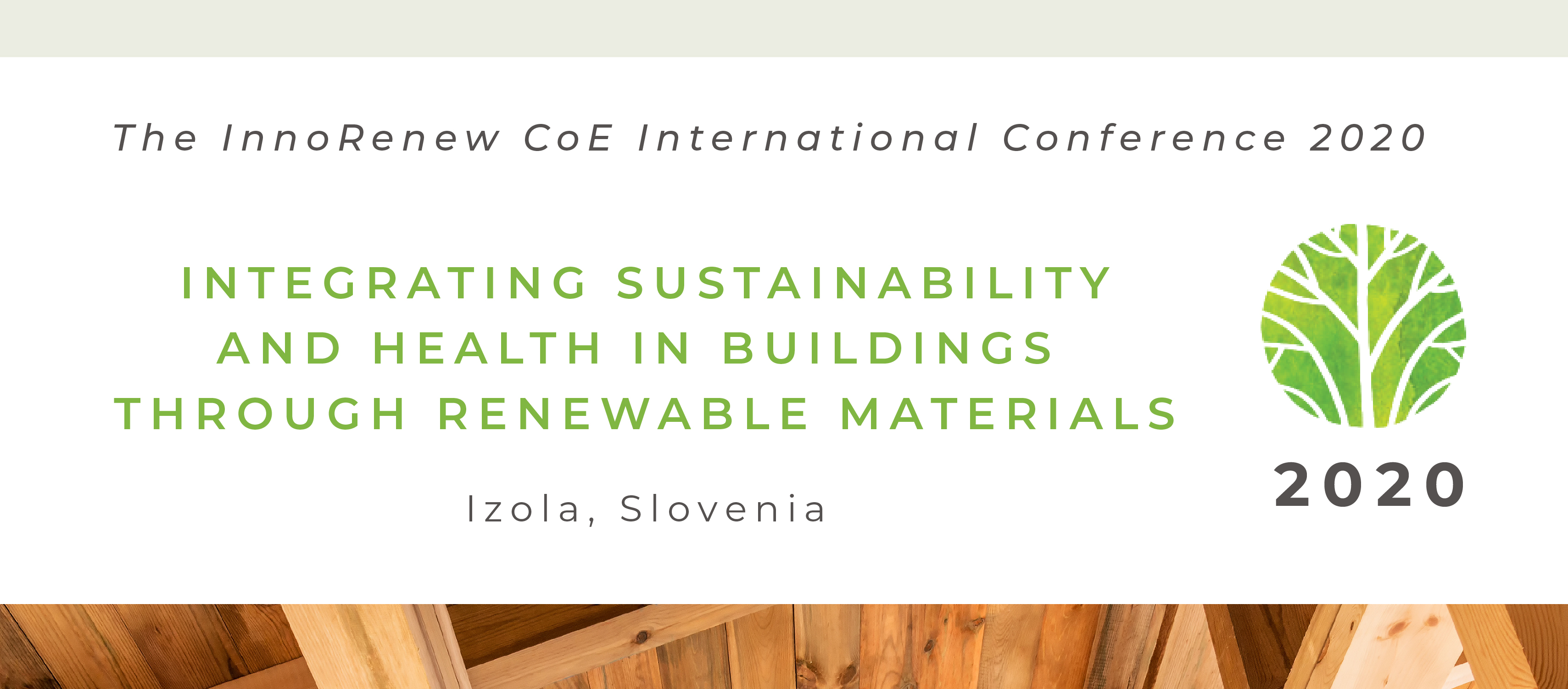Speaker
Description
Renewable wooden products exposed to continuously variable outdoor climates are strongly affected by the moisture levels in the material. High moisture contents accumulated in wood dur-ing long periods, in combination with favorable temperatures, represent a risk for the durability of thermally modified wood products because of the decay development. In this context, numer-ical simulations can quickly predict the high levels of moisture as well as the related risk of de-cay in decking products for buildings. This information can help to optimize the product mainte-nance for example suggesting the use of appropriate coatings. Earlier studies by the first author have shown that the single-phase finite element modelling of moisture diffusion in untreated wood is an efficient tool to simulate the moisture transport in wooden components of buildings sheltered from rain (Fragiacomo et al. 2011). An extension of this approach, that takes into ac-count the effect of rain in thermally modified products, is proposed in the present paper. The sorption isotherms used in the model are measured at different temperatures above zero degrees Celsius within this research. In addition, the diffusion coefficient includes the contribution of free water in wood above the fiber saturation point. A case-study of thermally modified wood is numerically analyzed and the results in terms of moisture contents are compared with data taken from a previous research (Metsä-Korteläinen et al. 2011). In future work, the proposed moisture transport model will be combined with well-assessed models for wood decay (Brischke and Meyer-Veltrup 2016).
| Consider my submission for a full-paper in the IPBE special edition for the conference? | No, thanks. |
|---|

